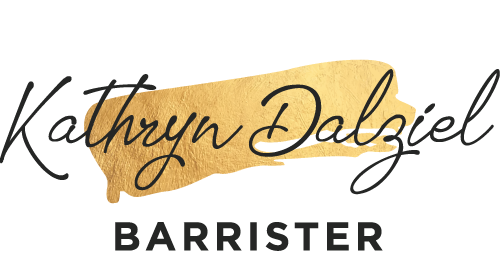This week I am talking with Katie Cowan at NZLS CLE Ltd’s “CPD Top-Up Day” In light of the recent challenges to our legal profession in terms of bullying and harassment, Katie and I are discussing “Hard Skills for the Human Lawyer Manager”. It has been great to work with Katie to develop our thinking in this area.
I remember when I was a child, I would hear things from my parents like:
• Do unto others as you would have them do unto you
• If you can’t say anything nice, say nothing at all
We were taught to be polite and courteous and to treat all people with respect. Some of our mothers often said: “there is no excuse for being rude”. In Maori culture there are clear expectations about courtesy and respect, from strict protocols on the marae to whakatauki or proverbs such as: He aha te mea nui o te ao. He tāngata, he tāngata, he tāngata (What is the most important thing in the world? It is people, it is people, it is people)
So why, with such good values instilled in us from birth, is there any such thing as workplace bullying or harassment?
I know from practising law for over 30 years that workplace bullying and harassment happen and far too frequently. But I do not know all the reasons why someone would bully or harass another person. It could be to do with power and control. It could be a reaction to a bully’s own stress, trauma or feeling of inadequacy. It could be a personality disorder, a learned behaviour, or ignorance that the behaviour is hurting another person. Whatever the reason for the behaviour, it is real, and its impact is significant.
We know that workplace bullying and harassment can lead to anxiety, stress, and feelings of reduced personal control and inadequacy. It can cause increased dependency on food, drugs or alcohol to cope and can cause serious physical or mental health issues including depression and post-traumatic stress disorder. A bullying culture can lead to decreased productivity, with increased negativity and gossip. Damage is caused by people having to compromise their moral selves and personal integrity to survive such a workplace.
What is workplace bullying and harassment?
Workplace bullying is repeated and unreasonable behaviour directed towards a worker or a group of workers that creates a risk to health and safety. The repeated behaviour is persistent and can involve a range of actions over time. It includes victimising, humiliating, intimidating or threatening a person.
Harassment is a form of bullying. Under the Harassment Act 1997, harassment is defined as a pattern of behaviour, directed at a person, involving two or more separate acts within a 12-month period, which makes that person feel distressed or unsafe. Harassment can take many forms such as unnecessarily watching or following someone around at work, unnecessarily confronting a person, and inappropriate contact through text, email or even another person.
What can I do about it?
As an employer or an employee, you will find good guidance through WorkSafeNZ’s “Bullying - Preventing and responding to workplace bullying” February 2014.
But I do not pretend any of this is easy. What one person considers to be bullying, may be just good fun and teasing to another person. Sometimes bullying is just a misunderstanding. One person may feel they have been publicly humiliated by being called out in a meeting while the other person just thought they were disagreeing with what was being said and meant no disrespect. However, these differences of opinion do not mean there is no bullying: in my experience with investigations, bullies tend to deny or give a “plausible” explanation to their behaviour. If the behaviour is established, they tend to minimise the behaviour, or externalise blame. On the other hand, sometimes complaints about bullying are unreasonable when, for example, all the manager wanted a staff member to do was to get on with their work and told them so.
The key thing is for employers to take all reasonable steps to ensure workplace harm from any bullying is minimalised:
-
A good code of conduct
-
Education /training on what is workplace bullying and harassment and expectation on how people should behave
-
Good leadership development where managers’ KPIs include good relationships with those they manage and the way that they treat people
-
A good reporting/complaint process which provides support to the complainant and to the person accused of bullying and there is a fair investigation procedure
Employees should also talk to someone they trust about what is happening for them and keep a diary or some record of what is happening. There is debate as to whether employees can secretly record others at work in terms of privacy and good faith but my view is that it is worth dealing with those issues later if you are being bullied. If you do record someone at work to gather evidence, keep it absolutely confidential and seek legal advice about the recording.
Finally, just remember those good manners we were taught as children. They really are important and are part of good workplace relationships.
You can purchase my NZLS paper on bullying here: click here

